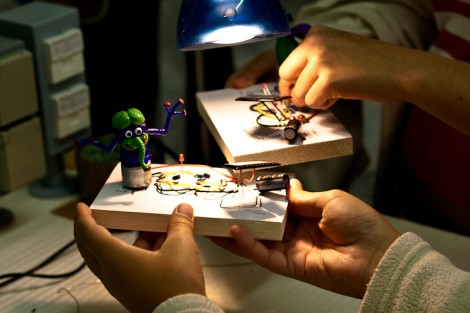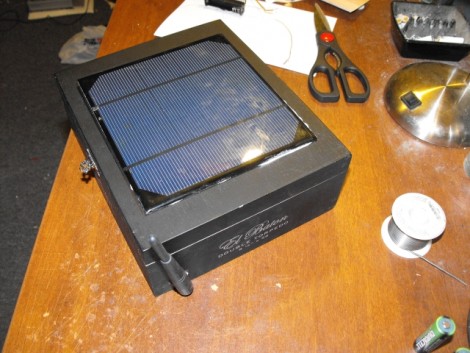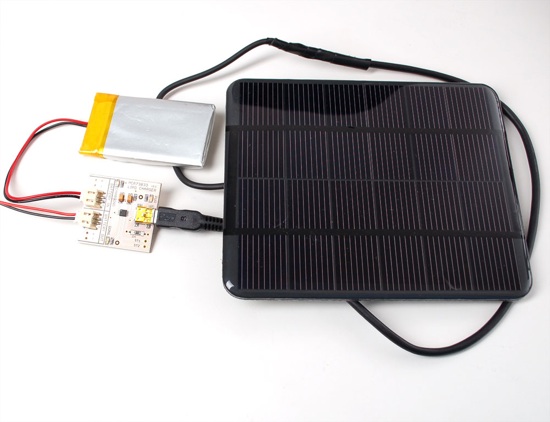
Teaching kids to solder using kits is a fun time, but most of these beginner kits are a bit mundane. Not this one, it’s a solar-powered monster project. The components and their wiring connections are printed on a sheet of paper along with a background for that particular monster. The base of the paper is glued to a block of wood and at each solder junction there’s a copper nail. This way the kids can line up the components, check the picture to make sure the polarization is correct for each, then solder onto the large and stable nail head. As you can see in the video after the break, when the solar cell collects enough electricity the transistor triggers a motor to spin the monster.
But don’t get the idea that kits are only for kids. If you haven’t tried your hand with SMD soldering yet, this kit is for you.














